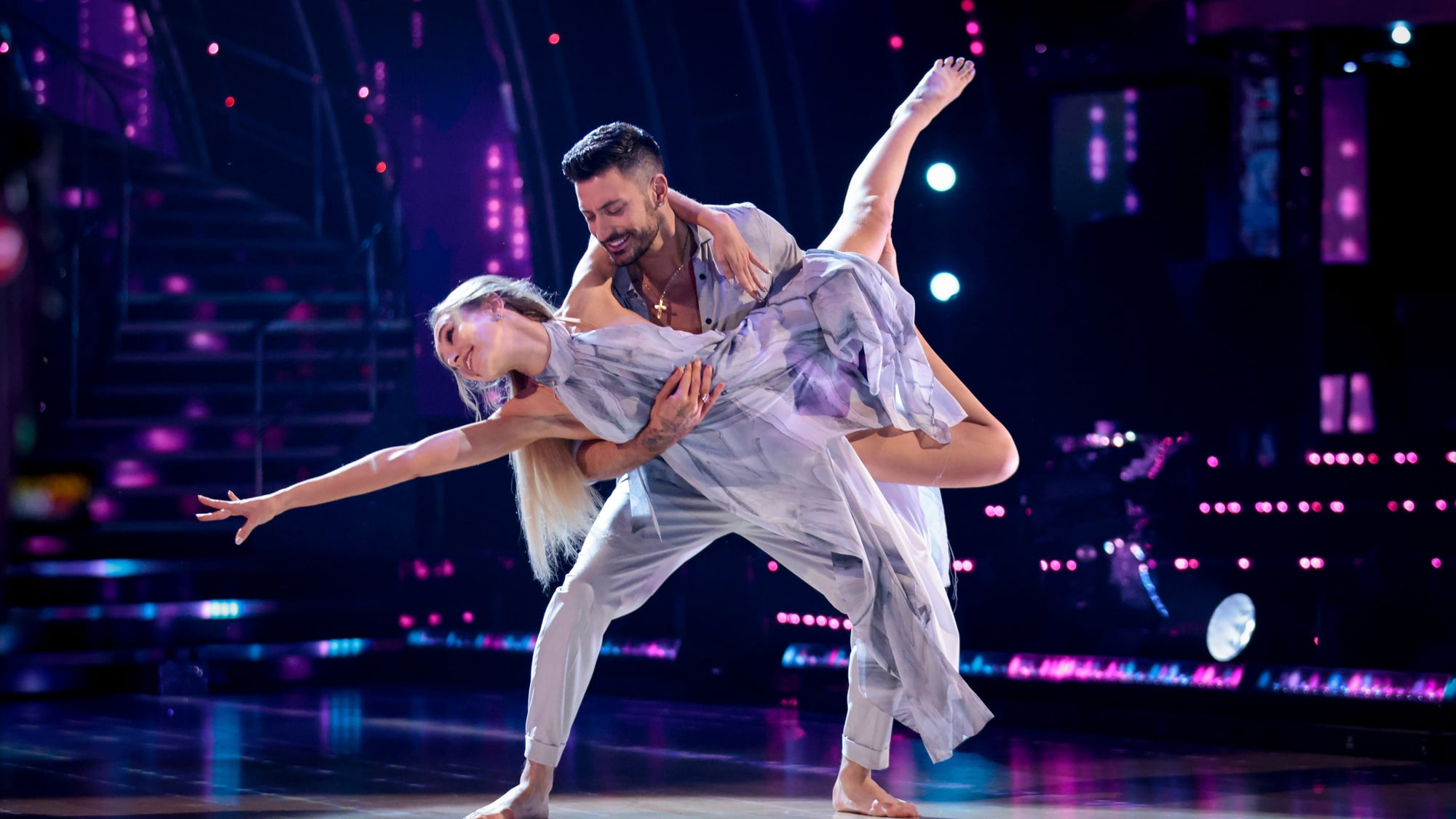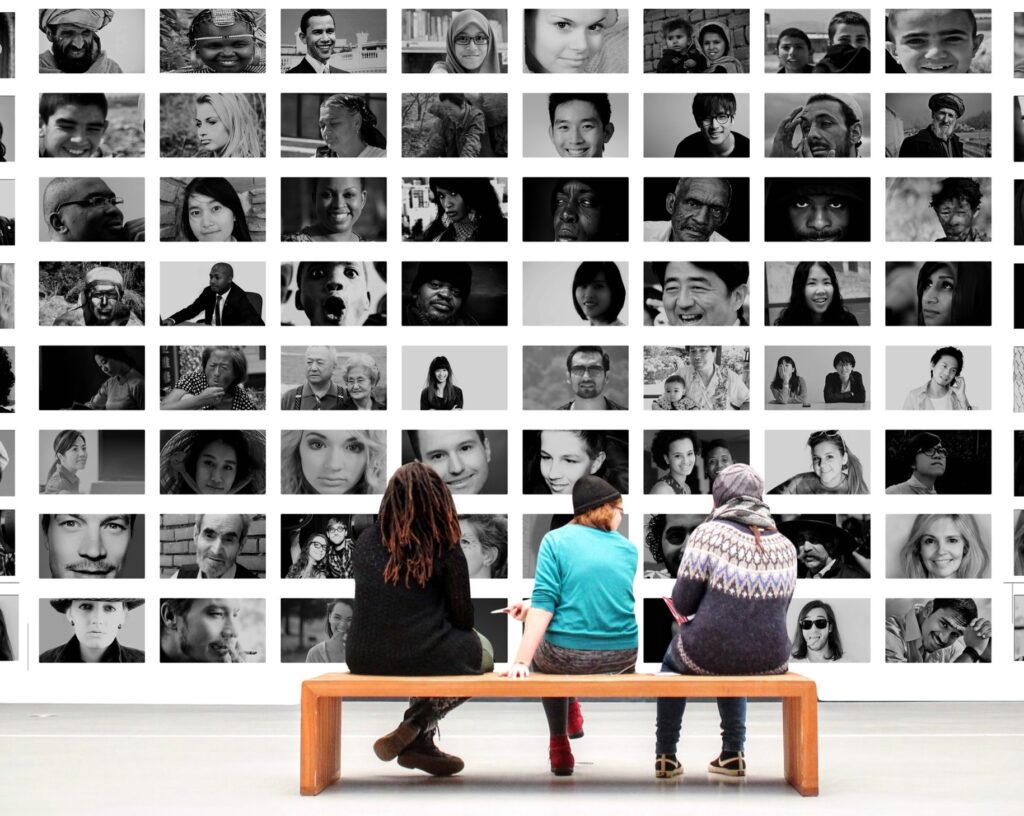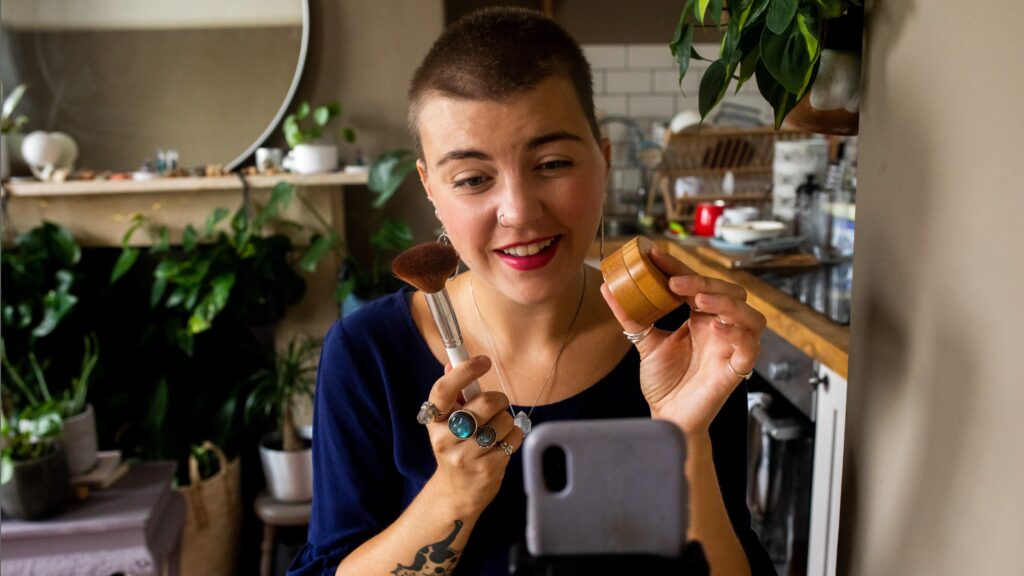What Strictly Come Dancing can teach us about inclusivity and behaviour change
By Lisa Thompson, Business Director

These lessons may seem simple, but if Rose’s strictly journey was being judged at an advertising awards she’d be on perfect 10s
Lisa Thompson, Business Director at Wavemaker
Now, I can almost hear the eye rolls from here. I can also hear you proclaiming but Strictly finished in 2021 – why are you writing about it now? But that’s the point, this Saturday night programme has taken over my mind, so much so that it is impacting my decisions months later. And it’s not just me. Searches for BSL courses have risen 221%. The RNID told me they have been busier than ever, the demand has been unprecedented. It isn’t only that – I have now been thinking about how our workplaces aren’t set up to allow deaf people to thrive, when their different perception of the world is probably the diversity of thought we all need. Therefore, I thought it was worth trying to articulate what we can learn from Rose and her Strictly journey with the view that maybe brands, in their quest for inclusivity or just selling stuff, can learn from Strictly too.
Have some fun
Rose and Gio had me at hello – well since they jived to Taylor Swift’s Shake It Off, and from that first dance the joy kept on coming every Saturday. Now if we think back to a lot of reality TV shows we tend to focus on a sob story, we try and make people cry to make an impact. But Rose and Gio did the opposite. They made us smile, they sucked us in, and yes eventually they did make us cry with their iconic Couple’s Choice routine, but their lead message was fun and joy. And while we advertising folk will probably sometimes scoff at reality TV, our default is often the same thing. We try and make a difference by making people cry, but making people smile could have a bigger effect. We know emotional campaigns work harder but let’s all remember joy is a human emotion and we can leverage it too.
Show don’t tell, but follow up
In a few 90” dances Rose and Gio allowed people to gain an insight into Rose’s world. It wasn’t just the Couple’s Choice, it was the sign argument in their Viennese Waltz, it was the Instagram video where Rose demonstrated why it was harder to train with the rain as it interferes with her hearing aids, it was seeing the regular interpreter feedback to Rose the Judge’s comments. All these points were made by explicitly getting the audience to experience her world, and that in turn had impact. Our default can be too metaphorical, too clever, when explicitly showing can be more powerful.
We also like to often think that when we’ve landed something once, we’ve made the point and we can move on to a new message. But, it may take multiple moments over a period of time. It needs frequency. Yes, the Couple’s Choice was the ‘big’ moment, but it wasn’t the only one. It was multi-faceted and complex. But perhaps the smartest thing about Rose was that after the show, she followed up to discuss what can be done to help the deaf community. She was interviewed in broadsheets, she rallied for a change in legislation, she tweeted where people could sign up for BSL courses. She thought about the whole consumer journey of what she wanted to achieve from her Strictly journey. She primed the audience and followed up to convert.

Be mainstream
It may not be cool, it may just be a dancing show but Strictly reaches 9.1m people every week, young, and old. And whilst Rose was the winner, Strictly also had its first all-male pairing last year. We advertising types like to focus on the new, the cool, the NFT to reach people. We can think inclusivity is only for the young. There may be much trendier avenues than a dancing show but we cannot underestimate the role of good old Saturday night TV. Strictly isn’t just about the viewing, it’s about Heidi Stephen’s Guardian live blog, it’s about the WhatsApp chat. It’s something you can talk about with not just other advertising folk but with your mum, your best pal, even your boyfriend who says they won’t watch it but three weeks in are complaining that a Charleston didn’t “deserve 8 points from Shirley because there wasn’t enough content”. It’s about a lot of people talking and amplifying the message. We need to remember that reaching a lot of people in one moment on a Saturday night is hugely powerful, and as Rose has demonstrated, even the most important messages can land there.
These lessons may seem simple, but if Rose’s strictly journey was being judged at an advertising awards she’d be on perfect 10s. So the next time you want to create something, whether that be with a focus on inclusivity or just to get someone to do or buy something more generally, maybe think What Would Rose Ayling-Ellis do? It may take you to a different place, it may take you to the most obvious of campaigns, but it’s probably something that will work a lot harder. And full disclosure, Rose didn’t just have a serious impact on my consideration of deafness, but one of her outfits also prompted me to buy a matching Raspberry Beret on ASOS that night. Not bad for a bit of Latin dancing.
Like Strictly, this article was designed to add a little frivolity to the world, but hopefully, it has a bigger purpose. I urge you all to think about booking a BSL Interpreter at your next event. We should be making advertising and marketing accessible to all and getting brilliant people like Rose to join our industry. We can’t do that if we don’t allow this group to engage.
Article originally published in CreativeBrief.











